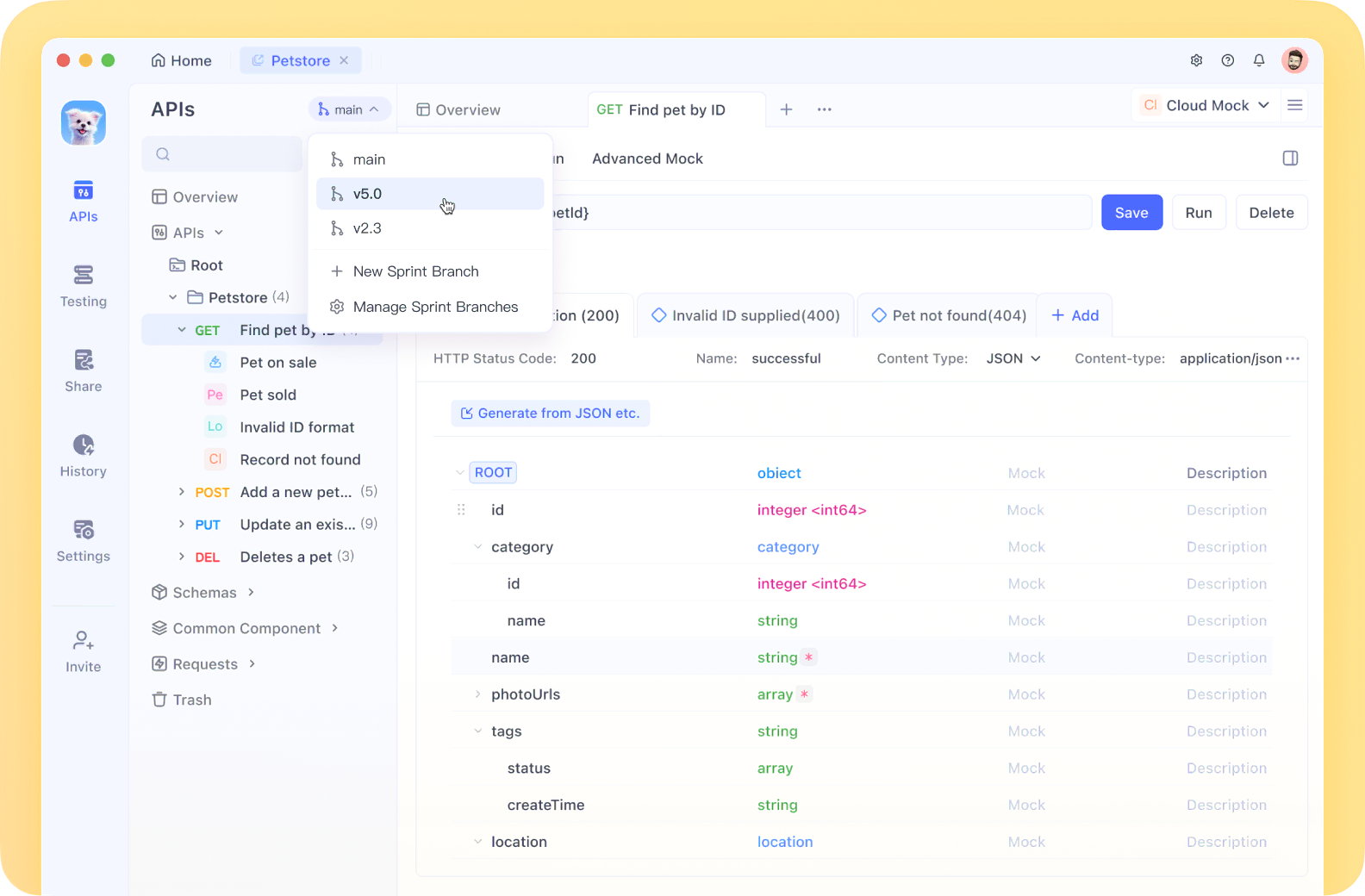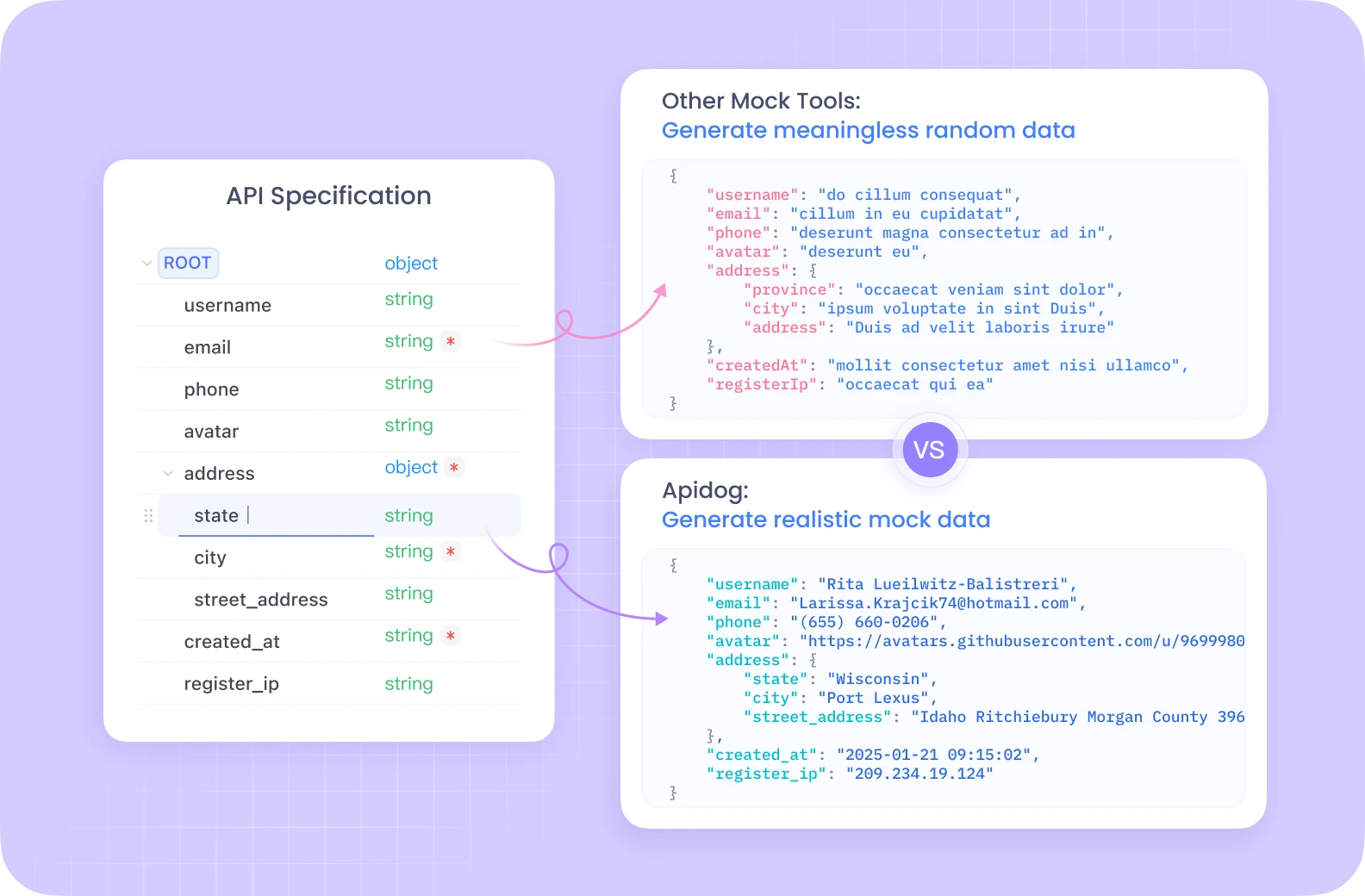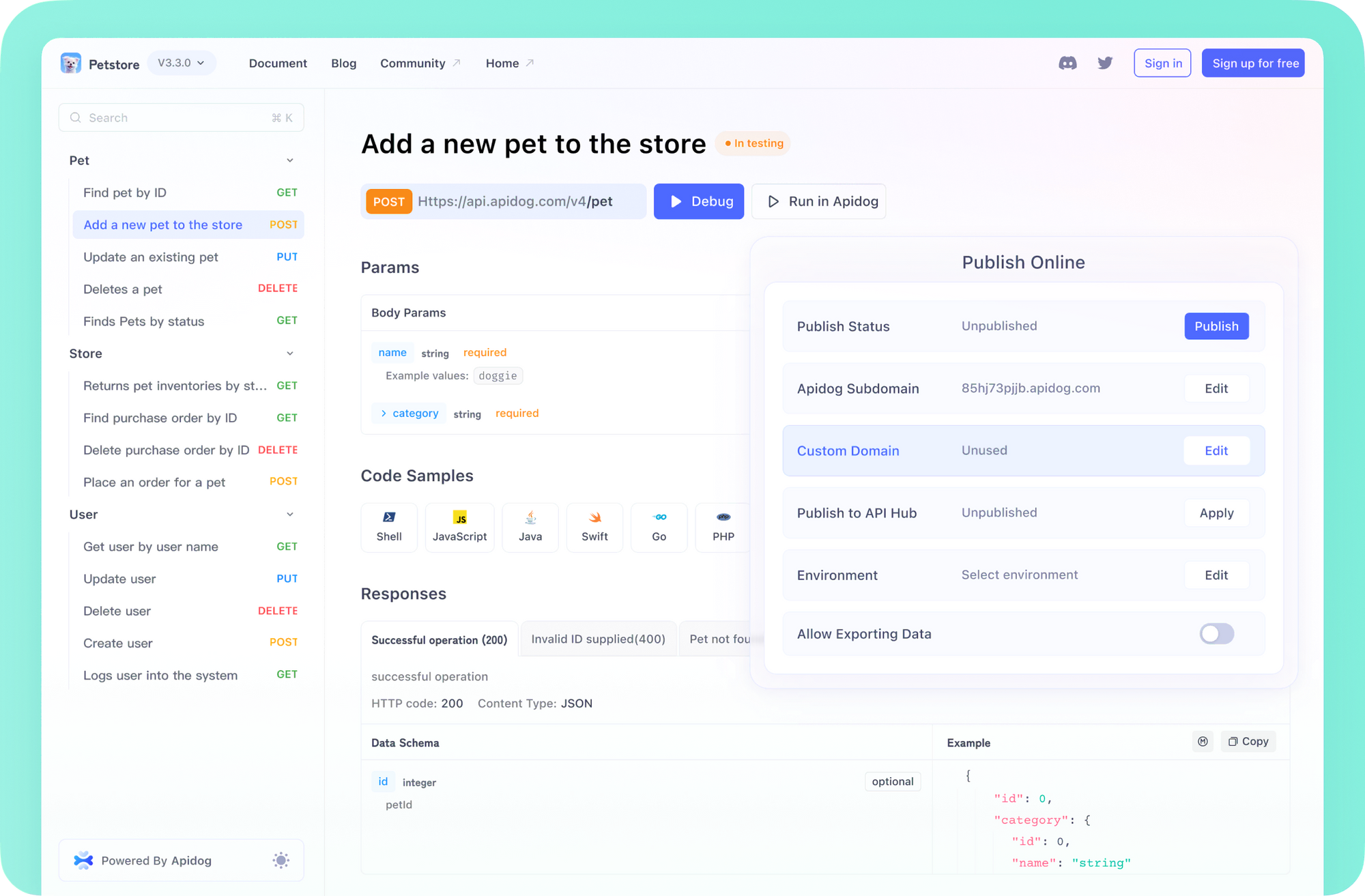A Software Development Engineer in Test (SDET) represents a critical and evolving specialty within the modern software engineering landscape. Combining deep technical programming expertise with quality assurance capabilities, SDETs bridge the critical gap between software development and testing functions. This comprehensive guide examines the SDET role in detail, highlighting responsibilities, required skills, career opportunities, and how this hybrid position enhances software quality in today's agile development environments.
SDETs differ significantly from traditional testers by bringing coding proficiency and development mindsets to quality assurance processes. Rather than focusing solely on manual testing, they create automated frameworks, develop test code, and build tools that validate software functionality at scale. As organizations increasingly shift left in their development processes, SDETs have become indispensable for implementing continuous integration/continuous delivery (CI/CD) pipelines and ensuring high-quality software releases.
For SDETs who are seeking more efficient solutions to streamline their workflow. Apidog has emerged as a compelling Postman alternative that deserves serious consideration for API testing professionals.

Apidog is an all-in-one API development platform that combines API documentation, API debugging, automated testing, and mock services into a unified workflow. Unlike traditional API tools that focus primarily on testing, Apidog provides an integrated ecosystem that supports the entire API lifecycle from design to deployment.

Unlike Postman's separated approach, Apidog seamlessly combines API documentation with testing functionality. This integration allows SDETs to maintain up-to-date documentation that directly aligns with their test cases, reducing inconsistencies and improving team collaboration.

The Evolution and Growing Demand for SDETs
Originally coined by Microsoft, the SDET role has since been widely adopted by major tech companies including Amazon, Google, and many others. The growth of Agile methodologies, DevOps practices, and continuous testing has significantly increased demand for professionals who can straddle both development and testing worlds.
The industry shift toward more integrated development practices has created a perfect environment for SDETs to flourish. Companies now recognize that quality can't be an afterthought but must be built into the development process from the beginning. This "shift-left" testing approach requires professionals who can:
- Write code to test code effectively
- Create sophisticated automation frameworks
- Implement testing within CI/CD pipelines
- Apply both developer and tester mindsets to quality challenges
According to recent industry trends, SDET positions are growing at a faster rate than traditional QA roles, with recruitment increasing by approximately 30% year over year in major tech markets. This growth reflects the vital importance of technical testing capabilities in modern software development practices.
Key Differences Between SDET, QA Engineers, and Software Testers
Understanding the distinctions between various testing roles helps clarify the unique value SDETs bring to development teams:
SDET (Software Development Engineer in Test)
- Core Responsibility: Development of automation test frameworks and coding-based test cases
- Technical Skills: Advanced programming, data structures, algorithms, system design, and deep knowledge of testing frameworks
- Testing Approaches: Both white-box and black-box testing, including extensive unit and integration testing
- Code Interaction: High interaction with codebase, contributing to test automation architecture
- Typical Background: Often has formal computer science education or strong development background
Test Engineer/Automation Engineer
- Core Responsibility: Implementing automated tests using existing frameworks and tools
- Technical Skills: Moderate programming abilities, familiarity with automation tools
- Testing Approaches: Primarily functional testing, with some automation capabilities
- Code Interaction: Limited to test scripting rather than framework development
- Typical Background: May come from QA or have moderate development experience
QA Tester
- Core Responsibility: Ensuring quality of software functionalities primarily via manual testing
- Technical Skills: Basic technical knowledge with limited coding requirements
- Testing Approaches: Heavily emphasizes manual testing, exploratory testing
- Code Interaction: Minimal to none; primarily interacts with the application interface
- Typical Background: Often transitions from related roles or has specific domain expertise
These distinctions highlight why SDETs command higher salaries and broader responsibilities. Their technical skills enable them to create sophisticated testing solutions that can scale with complex software applications.
Can Developers Test as Effectively as SDETs?
A common debate in the industry concerns whether developers can effectively perform the testing role typically assigned to SDETs. While developers possess coding skills, testing requires a different mindset and expertise.
Microsoft's Alan Page, a respected testing expert, asserts that developers can write effective tests with proper training. However, most organizations find significant value in dedicated SDETs for several reasons:
- Specialized Focus: SDETs concentrate specifically on test architecture and quality systems
- Fresh Perspective: They provide an independent viewpoint not biased by development decisions
- Testing Expertise: SDETs develop specialized knowledge in testing methodologies, tools, and patterns
- Quality Advocacy: They often serve as quality champions within development teams
The most effective approach combines developer testing (unit tests, basic integration tests) with SDET expertise (advanced automation frameworks, comprehensive test suites, specialized testing). This collaboration ensures both code correctness and overall quality assurance throughout the development lifecycle.
Typical SDET Job Description and Responsibilities
SDET roles incorporate both development and testing responsibilities, creating a comprehensive approach to quality. Key responsibilities typically include:
Framework Development and Tool Creation
- Designing and implementing test automation frameworks from scratch
- Creating specialized testing tools for specific application needs
- Developing utilities that facilitate efficient testing processes
Test Automation Implementation
- Converting manual test cases into automated tests
- Building regression test suites that can run within CI/CD pipelines
- Creating end-to-end automated testing solutions
Code Quality Initiatives
- Participating in code reviews to identify potential quality issues
- Implementing static code analysis tools
- Working with developers on test-driven development (TDD) methodologies
CI/CD Integration
- Designing and maintaining continuous integration pipelines
- Ensuring automated tests run efficiently within deployment processes
- Implementing quality gates within deployment workflows
Performance and Security Testing
- Creating specialized tests for application performance evaluation
- Implementing security testing frameworks and tools
- Validating non-functional requirements through automated testing
SDET Salary Expectations and Market Value
The specialized skill set of SDETs is reflected in their compensation, which typically exceeds that of traditional QA testers. According to industry data:
| Position | Average Annual Salary (US) |
|---|---|
| Software Development Engineer in Test (SDET) | $88,000 - $140,000 |
| Automation QA Engineer | $75,000 - $125,000 |
| Software Test Engineer | $65,000 - $110,000 |
| Manual QA Tester | $55,000 - $90,000 |
Salaries vary significantly based on location, company size, industry, and experience level. SDETs with specialized expertise in areas like security testing, performance engineering, or AI-driven testing can command even higher compensation packages.
The significant salary differential between SDETs and traditional QA roles (approximately $32,000 on average) reflects the additional technical skills and broader value SDETs bring to development organizations. As companies continue to emphasize automation and shift-left testing approaches, this gap is likely to persist or even widen.
Essential Skills and Qualifications for Successful SDETs
Becoming a successful SDET requires developing a diverse set of technical and soft skills that span both development and testing domains:
Technical Skills
Programming Proficiency
- Strong coding abilities in languages like Java, Python, C#, or JavaScript
- Understanding of object-oriented programming principles
- Knowledge of data structures and algorithms
- Ability to write clean, maintainable code
Automation Expertise
- Experience with test automation frameworks (Selenium, Cypress, Playwright, Appium)
- Familiarity with testing libraries (JUnit, TestNG, pytest, Mocha)
- Ability to design scalable automation architectures
- Knowledge of behavior-driven development (BDD) frameworks like Cucumber
DevOps and CI/CD Knowledge
- Understanding of continuous integration practices
- Experience with tools like Jenkins, CircleCI, or GitHub Actions
- Knowledge of containerization (Docker, Kubernetes)
- Familiarity with infrastructure-as-code concepts
Web and API Testing Skills
- Experience testing REST and SOAP APIs
- Knowledge of API testing tools (Postman, RestAssured, SoapUI)
- Understanding of web technologies (HTML, CSS, JavaScript)
- Experience with mobile testing tools and frameworks
Soft Skills
Analytical Thinking
- Ability to identify potential edge cases and risk areas
- Critical thinking to design effective test strategies
- Problem-solving capabilities for debugging complex issues
Communication Skills
- Clear articulation of technical concepts to non-technical stakeholders
- Ability to document testing approaches and frameworks
- Collaboration skills to work effectively with developers and product managers
Quality Mindset
- Strong attention to detail
- Advocacy for quality practices throughout development
- Understanding of user experience and customer impact
Educational Background
Most SDET positions require a bachelor's degree in Computer Science, Software Engineering, or a related technical field. However, some organizations value practical experience and demonstrated technical skills over formal education. Certifications in test automation, specific tools, or methodologies can also enhance qualifications.
Transitioning from QA Tester to SDET: A Career Path
Many professionals start in traditional QA roles and aspire to become SDETs for career advancement and higher compensation. This transition requires strategic skill development:
Step 1: Develop Programming Skills
- Learn a programming language commonly used in test automation (Java, Python, JavaScript)
- Take online courses or bootcamps focused on development fundamentals
- Practice coding regularly through projects and coding challenges
- Understand object-oriented programming concepts and design patterns
Step 2: Build Automation Experience
- Start with simple automation scripts in your current role
- Learn major automation frameworks (Selenium, Cypress, etc.)
- Volunteer for automation initiatives within your team
- Create personal projects demonstrating automation skills
Step 3: Expand Testing Knowledge
- Learn advanced testing methodologies beyond manual testing
- Understand API testing and service-level testing approaches
- Study performance and security testing fundamentals
- Gain experience with continuous integration systems
Step 4: Acquire Necessary Certifications
- Consider certifications like ISTQB Advanced Level Test Automation Engineer
- Take specialized courses in test frameworks and tools
- Earn certifications in programming languages or development methodologies
- Pursue cloud certifications if applicable to your target roles
Step 5: Gain Practical Experience
- Seek hybrid QA/automation opportunities in your current company
- Contribute to open-source testing projects
- Take on additional responsibilities that involve coding
- Request mentorship from current SDETs or developers
This transition typically takes 1-2 years of focused effort, depending on your starting point and learning pace. Many companies support this career progression through training programs and junior SDET roles that help bridge the gap between traditional QA and full SDET responsibilities.
How to Prepare for SDET Interviews
SDET interviews are typically rigorous, assessing both testing knowledge and programming skills. Preparation should include:
Technical Preparation
- Coding Practice: Work through coding challenges on platforms like LeetCode, HackerRank, or CodeSignal
- Automation Framework Knowledge: Be prepared to explain how you would design a test framework from scratch
- Testing Fundamentals: Review testing methodologies, test design techniques, and test strategy approaches
- Tool Proficiency: Ensure hands-on experience with common automation tools and frameworks
Common Interview Components
- Technical Screening: Initial assessment of programming and testing knowledge
- Coding Exercises: Live coding or take-home assignments to demonstrate programming skills
- System Design: Questions about designing test frameworks or testing approaches for complex systems
- Testing Scenarios: Hypothetical applications to test, requiring you to develop a testing strategy
- Behavioral Questions: Assessing teamwork, communication, and problem-solving approaches
Resources for SDET Skill Development
Aspiring SDETs can leverage numerous resources to build their skills and expertise:
Books
- "How We Test Software at Microsoft" by Alan Page, Ken Johnston, and Bj Rollison
- "How Google Tests Software" by James Whittaker, Jason Arbon, and Jeff Carollo
- "Test Automation Using Selenium WebDriver" by Narayanan Palani
- "Clean Code" by Robert C. Martin (essential for SDETs writing maintainable test code)
- "Design Patterns for Test Automation Frameworks" by Mark Winteringham
Online Courses and Platforms
- Test Automation University (free courses on various automation topics)
- LinkedIn Learning courses on test automation and programming
- Udemy courses focusing on specific automation tools
- Coursera specializations in software testing and development
- The Automation Guild (annual online conference with workshops)
Communities and Forums
- Ministry of Testing community
- r/QualityAssurance subreddit
- Stack Overflow for technical questions
- Test Guild Slack community
- Local testing meetup groups
Open Source Projects
- Contributing to automation frameworks like Selenium, Appium, or Robot Framework
- Building test utilities and sharing on GitHub
- Participating in testing hackathons and challenges
Continuous learning is essential in this rapidly evolving field. Successful SDETs allocate time regularly for skill development and staying current with industry trends.
Conclusion: The Integral Role of SDETs in Modern Software Development
The Software Development Engineer in Test represents far more than just an evolution of the traditional tester role. SDETs embody the industry's recognition that quality engineering requires both deep technical skills and specialized testing expertise. As organizations continue to emphasize speed, quality, and efficiency in software delivery, the value of professionals who can bridge development and testing will only increase.
For technology professionals, the SDET career path offers exciting opportunities to combine programming passion with quality advocacy. For organizations, investing in SDET capabilities provides a competitive advantage through faster delivery of higher-quality software.
The future of software quality lies in this integration of development and testing disciplines, with SDETs leading the way toward more efficient, effective quality engineering practices. As development methodologies continue to evolve and new technologies emerge, the adaptable, technical nature of the SDET role ensures it will remain a cornerstone of modern software engineering teams.
Whether you're considering becoming an SDET, hiring one for your team, or working alongside them, understanding this unique role helps appreciate the essential contribution SDETs make to successful software development in today's competitive technology landscape.



